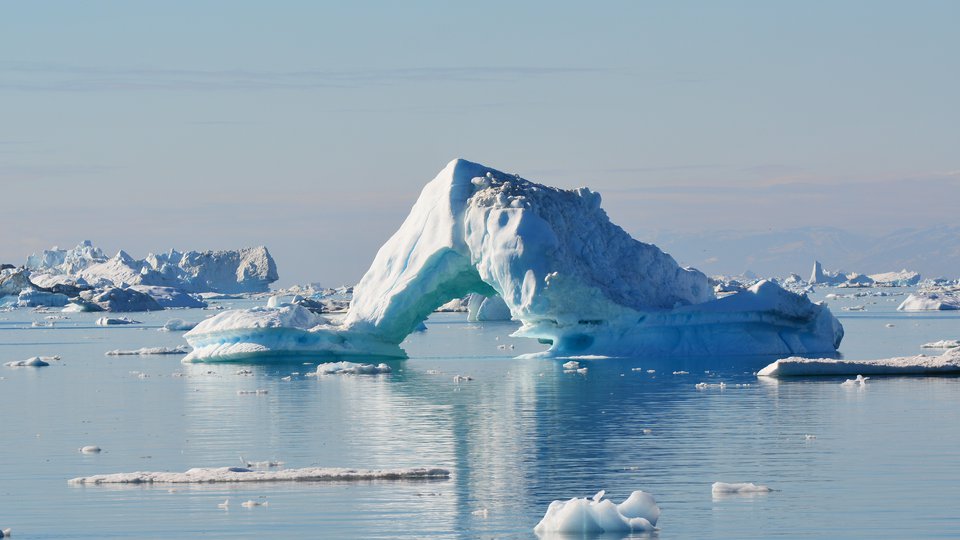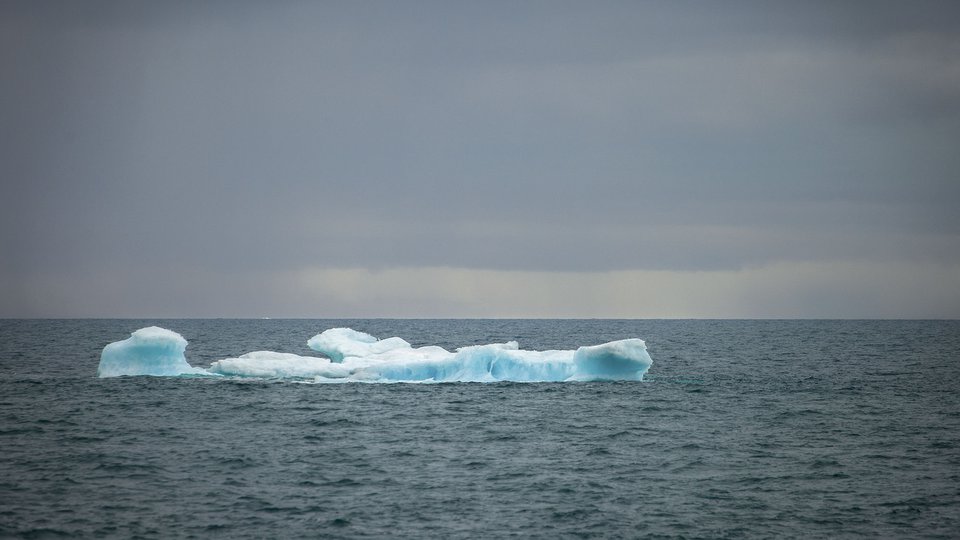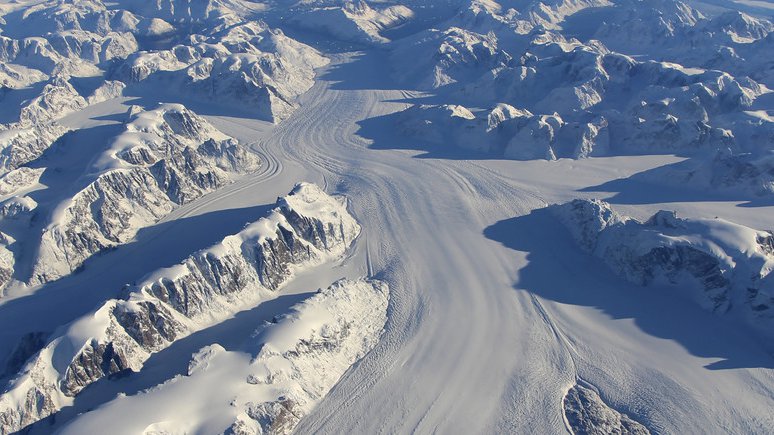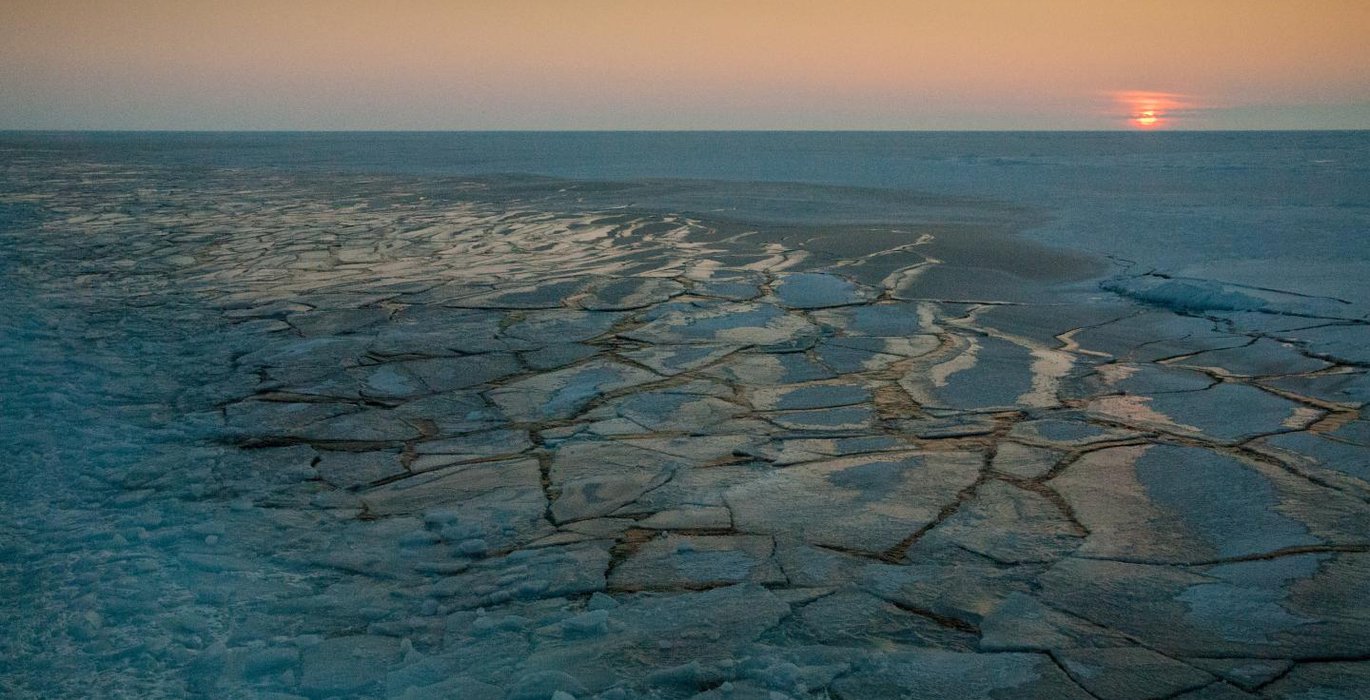
ast year will be remembered for many things, both good and bad. But one thing that seems undeniable is the mesmerizing impact of Sir David Attenborough’s BBC TV series Blue Planet II, which showed both the breathtaking beauty of our oceans as well as the global threats they face. Who will forget the closing scenes with all those shocking images of ocean plastic?
Blue Planet II isn’t the first documentary to point out that the ocean faces significant threats, including those from plastic. The Ocean Elders have been raising concerns over oceans since 2010. But Blue Planet II came at a time when global attention on our planet’s oceans has perhaps never been higher. The shock of some of the most isolated and pristine environments of the world being choked by plastic combined with the brilliance of its narrative story underscored the need for transformative global actions.
The launch of the Ocean Action Agenda by the World Economic Forum is one practical example of setting up high-level global collaborations to tackle the issues facing our oceans. In order for this initiative to maximize its potential, they must also include a strong focus on the Arctic marine environment.
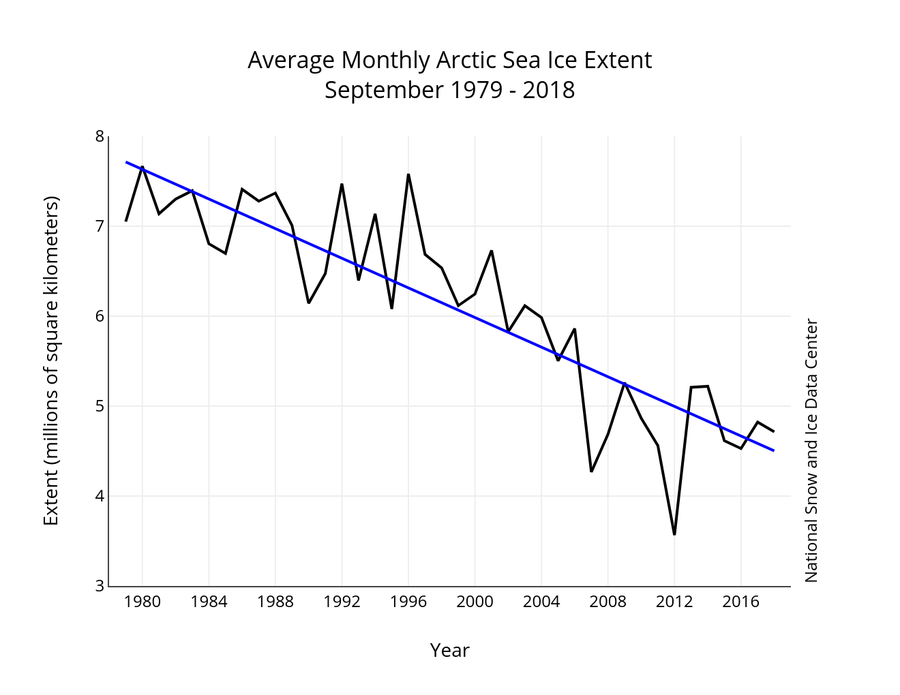
While our planet contains five oceans - the Atlantic, Pacific, Indian, Arctic and Southern (Antarctic) - it is the Arctic Ocean that is most susceptible to climate change. In fact these changes are happening in front of our eyes; we have lost over half the Arctic summer sea ice already.
There are four reasons why the Arctic Ocean is distinct from other oceans and critical to our planet’s survival:
First, while this relatively small (by ocean standards) marine environment holds only 1% of the world’s ocean volume and occupies only 3% of the world’s ocean surface area, its impact on the global climate system is disproportionately large.
Second, though small in area, it scoops up over 10% of global river runoff and claims twenty of the world’s 100 longest rivers.
Third, the Arctic marine domain comprises about a third of the world’s coastline.
And fourth, the Arctic Ocean contains one-quarter of the world’s continental shelf, of immense socio-ecological importance.
On all counts, the little Arctic Ocean holds its own on the global stage.
Despite its importance, the Arctic Ocean sometimes goes missing from public ocean-talk as more ‘local’ marine issues take centre stage. A key point for non-experts is to recognize that the Arctic Ocean is different from other oceans and it is the critical driver of the global oceanic conveyor belt. For example, the Gulf Stream and North Atlantic Current are strongly regulated by processes that occur in the Arctic. The Arctic Ocean is remote to many of us, but its influence can be felt everywhere.
How do we know this? Oceanographers have robust scientific evidence on the role the Arctic plays within our planet. For instance, the global hydrological cycle determines the distribution of water around the planet – and affects food and water security globally. This cycle begins in warmer climates, with the equatorial trade winds and mid-latitude westerlies. It is refined and shaped by the global distribution of land masses that, in the northern hemisphere, collect precipitation and direct it poleward through massive rivers. These rivers introduce substantial amounts of fresh water into the upper layers of the Arctic Ocean, providing the required conditions for an ice cover to form, and regulating nutrient supplies and biological productivity.
But these dynamics are undergoing unprecedented and worrying changes that are already visible. Jonathan Smith, producer of Blue Planet II, reflected on the new realities of filming in the Arctic Ocean: “We were all set and ready to film but we needed two major things – walrus and ice. I had expected that walrus may be hard to find, but I did not expect it to be hard to find ice in the Arctic…. the crew were all commenting how surprisingly warm it was.” They were not mistaken. Over many years, scientists have been recording changes in global temperature, hydrological cycles and sea-ice cover. These changes have all had significant and eminently observable effects on the Arctic Ocean. Over the past two decades alone, summer sea-ice coverage in the Arctic Ocean has decreased by about seven million square kilometres to just over 3 million square kilometres. This loss represents a surface area larger than all but about a dozen countries in the world.
However, the Arctic Ocean is not just a passive victim of anthropogenic change: it also drives disruptions back to the global system in ways that were overlooked even a decade ago. Though the exact mechanisms are still debated, Arctic sea-ice loss may be affecting both ocean currents and mid-latitude weather patterns along our southern borders. And the processes occurring in the Arctic play a vital role in connecting the Pacific and the Atlantic. The fabled Northwest Passage is more than a destination for explorers and commercial ship traffic; the Arctic is an oceanographic freight train that ties together and influences other maritime regions and the global climate system.
Worryingly there are big changes in Arctic sea-ice cover, freshwater supply, nutrient availability and the underwater light climate which are taking place at an accelerated pace, with associated shifts in seawater chemistry and biological activity, and alterations to habitat and food-web structure that are affecting the entire ocean. Ocean waters are growing more acidic, and oxygen concentrations have decreased by nearly 8% over the past 50 years alone. From this perspective, it seems inevitable that the ongoing and rapid changes in the physical environment of the marine Arctic will push existing socio-ecological systems - small and large - beyond tipping points and into new regimes.
What this means is that temperature, pH and oxygen changes lead to species extinctions, threatening fisheries and food security. In addition, the National Oceanic and Atmospheric Administration recently issued a new report card on the health of the Arctic ocean, which conlduded: “The report card calls marine microplastics an ‘emerging threat’ in the Arctic, and it notes that a recent global survey shows that the Arctic Ocean has higher concentrations of microplastics than any other ocean basin in the world.” When German scientists found 11,000 particles of microplastic in one litre of melted sea ice from the remote Arctic, everyone began to understand how widespread and serious this is. Unbelievable as it may sound, the plastic soup has now reached Arctic waters.
Now, more than ever, it is imperative to close the gap between our newfound knowledge of the rapidly changing Arctic Ocean and the corresponding development of new ideas and innovative policies from the public and private sectors to ensure the ocean’s long-term sustainable use and resilience.
The Arctic Ocean has given us a screaming wake-up call – what goes on ‘up in the north’ comes with a high cost to societies around the world, and the Arctic and its Ocean are a key barometer of global risk. It's time for us to listen.
To help raise awareness of the topics discussed in this article, the authors will be setting up an Arctic Basecamp at Davos 2019. Find out more here.
Eddy Carmack, Senior Research Scientist Emeritus for the Department of Fisheries and Oceans, Institute of Ocean Sciences in Sidney, British Columbia.
Gail Whiteman, Director, Pentland Centre for Sustainability in Business, Lancaster University
Jeremy Wilkinson, Sea Ice Physicist, British Antarctic Survey
Jan-Gunnar Winther, Director, National Centre for the Ocean and the Arctic, Norway
